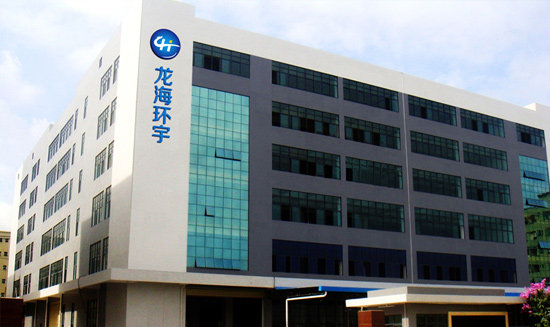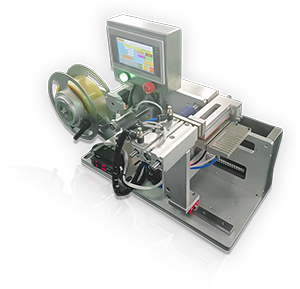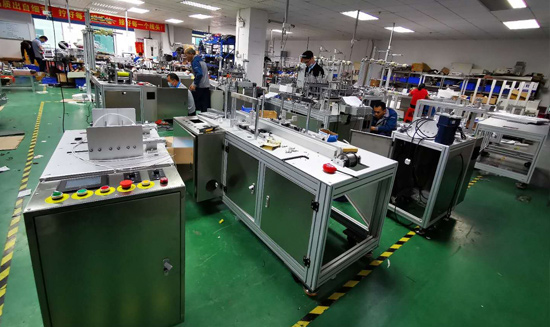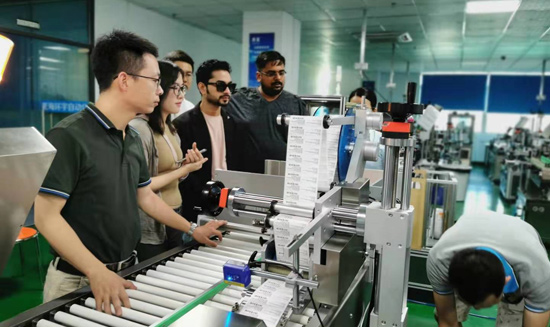立式定位圆瓶贴标机日常保养计划与方法技术指南
立式定位圆瓶贴标机日常保养计划与方法技术指南
一、日常保养计划类型与核心目标
立式定位圆瓶贴标机的保养计划需结合设备运行强度与生产环境,主要分为以下三类:
预防性保养
定义:基于固定周期(如每日/每周)进行的常规维护,包括清洁、润滑和基础检查。
参考依据:根据设备说明书和行业标准(如食品/医药行业卫生要求)。
预测性保养
定义:通过监测设备运行数据(如振动、噪音、温升)预判潜在故障,针对性维护。
适用场景:高速生产线或高精度贴标场景(如医药瓶装标签定位)。
周期性深度保养
定义:每季度或年度进行的全面拆解维护,涉及核心部件更换与校准。
典型操作:更换磨损皮带、校准传感器、清洁电气系统。
二、日常保养方法及操作规范
(一)清洁与润滑管理
表面清洁
步骤:每日生产结束后,使用纯棉布蘸取90%乙醇溶液擦拭输送带、贴标头及触摸屏,避免化学残留。
注意事项:禁用强酸/强碱清洁剂,防止腐蚀金属部件。
润滑维护
关键部位:丝杆导轨、轴承、齿轮等运动部件。
润滑剂选择:食品级设备需使用NSF H1认证润滑油。
周期建议:高速线每48小时补充润滑脂,低速线每周一次。
(二)关键部件检查与更换
部件 检查要点 更换标准
输送皮带 表面磨损、弹性丧失 裂纹>3mm或长度延伸>5%
贴标头 胶辊粘性、刮刀平整度 标签偏移率>1mm需调整
电气系统 线缆老化、接头松动 绝缘层破损或接触不良
(参考操作规范)
三、保养计划的优点与局限性
(一)核心优势
提升生产效率:定期保养可减少停机故障,例如某饮料厂通过每日清洁使贴标速度稳定在400瓶/分钟。
延长设备寿命:周期性更换磨损部件(如皮带、轴承)可延长设备使用年限30%以上。
降低维修成本:预测性保养可减少突发性故障维修费用达50%。
(二)潜在缺陷
人力成本较高:深度保养需专业技术人员操作,中小企业可能面临人力短缺。
技术要求严格:润滑剂选择不当可能导致食品污染或机械卡死。
四、应用选择与适用范围
(一)行业适配方案
食品饮料行业
保养重点:卫生清洁、耐腐蚀润滑。
推荐计划:每日预防性保养+季度深度消毒。
医药包装领域
保养重点:精度校准、无尘环境维护。
推荐计划:预测性保养(搭配振动传感器监测)。
日化/电子行业
保养重点:标签位置微调、静电防护。
推荐计划:周检+年度电气系统升级。
(二)设备适用范围
优先适用场景:
中低速产线(≤500瓶/分钟)
多规格圆瓶贴标(直径50-150mm)
常规温湿度环境(温度-10℃~40℃,湿度≤80%)
不适用场景:
超高速贴标(>800瓶/分钟,需直线电机驱动)
强酸/强碱环境(需定制防腐机型)
五、技术发展趋势与优化建议
智能化保养工具
应用:物联网传感器实时监测设备状态,自动生成保养工单。
案例:某药企通过智能系统将故障响应时间缩短至10分钟以内。
模块化设计优化
优势:快拆式贴标头和输送带模块可减少保养耗时50%。
六、结语
科学的日常保养计划是保障立式圆瓶贴标机高效运行的核心。建议企业结合自身产线特点选择适配方案,并优先培训
技术人员掌握标准化操作流程(参考)。通过预防性维护与智能化工具的结合,可显著提升设备综合效率,降低全生
命周期成本。
(注:本文内容综合行业规范与设备厂商技术手册,具体参数请结合龙海环宇设备说明书为准。)













 微信咨询
微信咨询